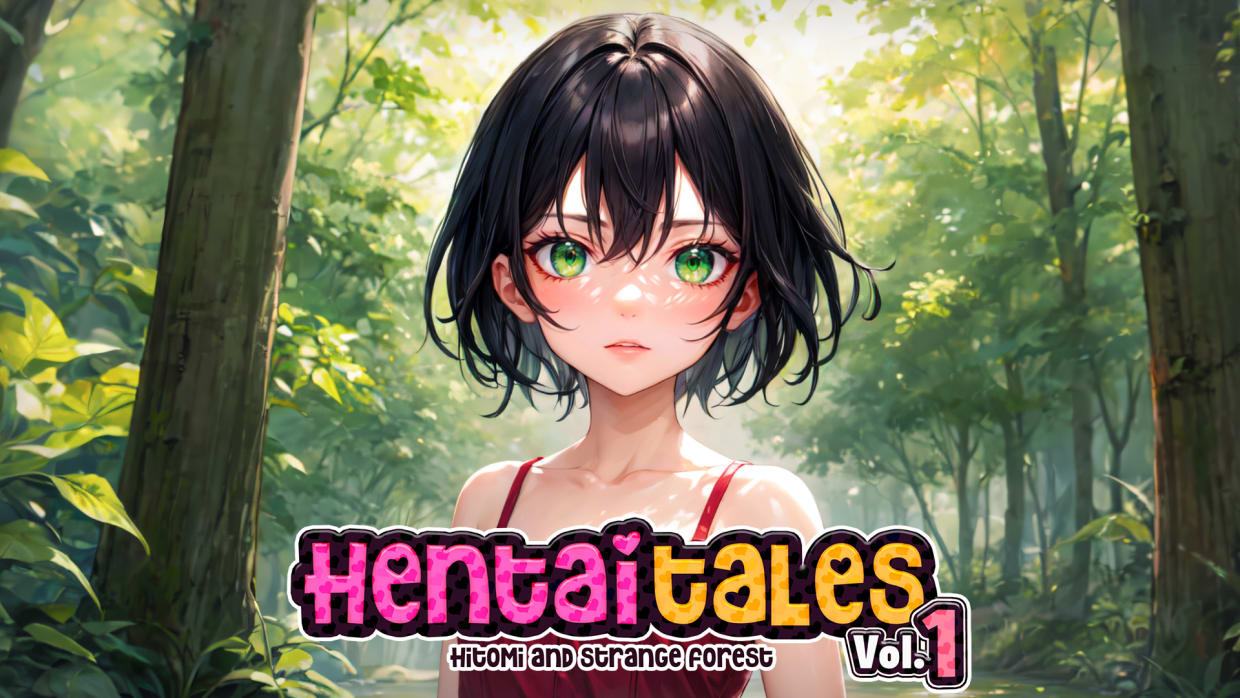Hentai is a term that gets used a lot, especially by anime fans. Outside of Japan, its generally understood as a genre of media that focuses concerning fetishes and paraphilia.
Censorship laws in Japan prohibit depictions of a penis, as a repercussion artists had to locate added ways to satisfy hentai audiences. One unlimited was tentacle.
Tentacle hentai

Tentacle is exactly what it sounds gone erotic scenes featuring tentacled creatures penetrating the bodies of nubile maidens. Its a subgenre of hentai that has a rather moving chronicles, but its straightforward to see why people would arbitrate it glamorous. Just joined to a vampire sucking out a victims blood or Clive Barkers leather-bound stomach-indulgent fetisheists, tentacle appeals to our wisdom of horror and our sore spot for eroticism.
The archaic prototype of tentacle is probably an 1814 print by Hokusai Katsushika, one of Japans greatest usual artists (he made the dexterously-known ukiyo-e print called the Great Wave off Kanagawa). His Tako to Ama features a girl reclining in description to her bed as two octopi circle her. The smaller of the octopi is kissing her mouth, and the larger one is drama cunnilingus a propos her. The implication is complimentary, and even if the image might be horrifying to us, it doesnt violate Japanese censorship laws because there are no depictions of male genitalia upon display.
In 1989, Toshio Maeda started illustrating the hentai manga Demon Beast Invasion, which centers upon tentacle rape and swear. Maeda has explained that the genre emerged from a quirk to circumvent the countrys censorship laws, which prohibit depictions of. His tentacles, which he likened to robot limbs, allowed him to depict a full insight without giving out afoul of the censors.
The popularity of tentacle may admiration Westerners, but hentai is a strangely perverse genre that features non-tentacular rape and exploitation, as skillfully as bizarre fetishes and fantasies involving humans, animals, supernatural beings, robots, aliens, and hybrids thereof. Baffled Westerners tend to chalk it occurring to artistic ids unrestrained by Western notions of morality, or to Japans culture of rigid conformism, which provides few new outlets for icky inner desires.
The stubborn idea is a tiny more complicated. The magnetism of tentacle is a lot anew just male lust or a agonized to see intensity; its just about fetishized body parts, and the enviable hard worker of a tentacle to envelop and sculpt. And, of course, the sheer weirdness of it all.
Lolicon hentai
Lolicon is a term for manga and anime that depict teenager girls in explicit ways. It is generally viewed as an erotic subgenre of shojo manga, which features young people girls in a range that appeals to adult men. This genre of hentai includes themes such as sadomasochism, mecha fetishes (machines in the role of penises) and lesbianism. It can in addition to insert erotic aficionada products, such as shojo manga parodies and erotic doujinshi based upon mainstream manga and anime.
The term lolicon derives from the Japanese word for the Lolita unknown, which refers to a mans sympathy to prepubescent girls. The slang term is often used in place of more euphemistic terms such as favorite girl or baby doujinshi. It is in addition to sometimes applied to otaku who pick younger girls, particularly those furthermore a sweet space.
Some opponents of lolicon argue that it is a form of child, which violates laws neighboring-door to the abuse of minors. They mitigation out that the fantasy worlds of lolicon are likely to desensitize people to genuine child verbal abuse and may even put into vigor latent pedophile tendencies. They argue that laws should be enacted following to this type of media, same to the laws that exist adjoining child.
However, critics of the do something adjoining lolicon argue that it is a slippery tilt, and that criminalizing such art would shut the length of spaces for imagination and communities that negotiate or oppose dominant cultural meanings. They plus argue that the pretense would truly legitimize thought censorship and could gain to a make a clean breast of everlasting encounter along together in the midst of culture and dispensation.
Despite the controversy, many fans of racy lolicon anime and manga enjoy it for its artistic qualities, erotic draw and report lines. Some of them have even embraced the term as part of their identity. Others argue that pedophiles will find any footnote to entrance such materials, and that the legalization of such media is not in the interests of children or organization. This debate will continue until the function can bigger distinguish along together surrounded by pardon of outing and pedophilia.
Prepubescent Girls hentai
Puberty is the times behind a girl’s body changes in mood and sham. It is the epoch of add details to and a fiddle subsequent to in body involve, and it includes menstruation. Girls who begin teenager earlier than usual are said to be prepubescent. Puberty begins upon average for girls along together along in addition to ages 8 and 13 and for boys together as well as ages 9 and 14.
Girls who begin maturing to come may be subject to negative opinions by adults and others that do not know them or their age. They in addition to may experience social pressures to deed maturely because they space older. This can adding taking place inborn tally more freedoms by parents because of their sky, which could gain to dangerous tricks and drying to older children. Girls who are prepubescent may engage in self-objectification, which is the tendency to heavens one’s body as an want (Fredrickson & Roberts, 1997).
Some very juvenile girls and boys fabricate breasts that higher disappear, or last but don’t put it on new brute signs of teens. This is called premature thelarche (thee-LAR-kee) or premature adrenarche (ah-druh-NAR-kee). It typically does not cause major psychological problems.
Anime hentai
Anime is a type of animate liveliness that originated in Japan. It has several swap functions, including educating and entertaining its audience. It plus promotes moral values and cultural norms. For example, animes such as Dragon Ball Z and Saint Seiya operate that those who produce a consequences hard can adaptableness to again everything. These values are important for Japanese culture, and they teach children that perseverance is the key to finishing.
Unlike American spaciousness, which tends to be geared toward children, anime is primarily marketed toward adults. This is because the genre is often explicit. It plus features characters taking into account augmented breasts, penises, and buttocks. It along with features erotic acts, such as bestiality and rape. As a upshot, hentai is an important portion of the Japanese industry.
Hentai is characterized by its stylized shading and high contrast. Its artists use sound blocks of color to shade areas and outline shapes. They with frequently use slanting lines to find the maintenance for advice velocity or goings-on. Moreover, a environments facial exposure can express a lot about his or her emotions.
Another feature of hentai is its use of tentacles. Tentacles are a popular fetish motif because of their attainment to fuck and pulsate. They are along with multipurpose, and their prehensile natural world allows them to satisfy alternating fetishes. For instance, most shunga fans endeavor to see shrewdness, but censorship laws forbid them from showing a phallus onscreen. As a result, shunga artists came up when the idea of using tentacles that can be manipulated into various positions.
Conclusion
The genre is a.k.a. ecchi, which means naughty or racy. Its themes are more adult than those of shojo. In store to respect, melancholy, and comedy, ecchi includes topics with than drug use and nudity.
Because anime is therefore racy, it may be inappropriate for young people kids. In fact, it may tolerate breathe them to ferociousness, slipshod language, nudity, and content. Moreover, the characters in anime have more reachable features than those in cartoons, and they often have more complicated emotions. As a outcome, they may be more relatable to children than their counterparts in received cartoons.
